
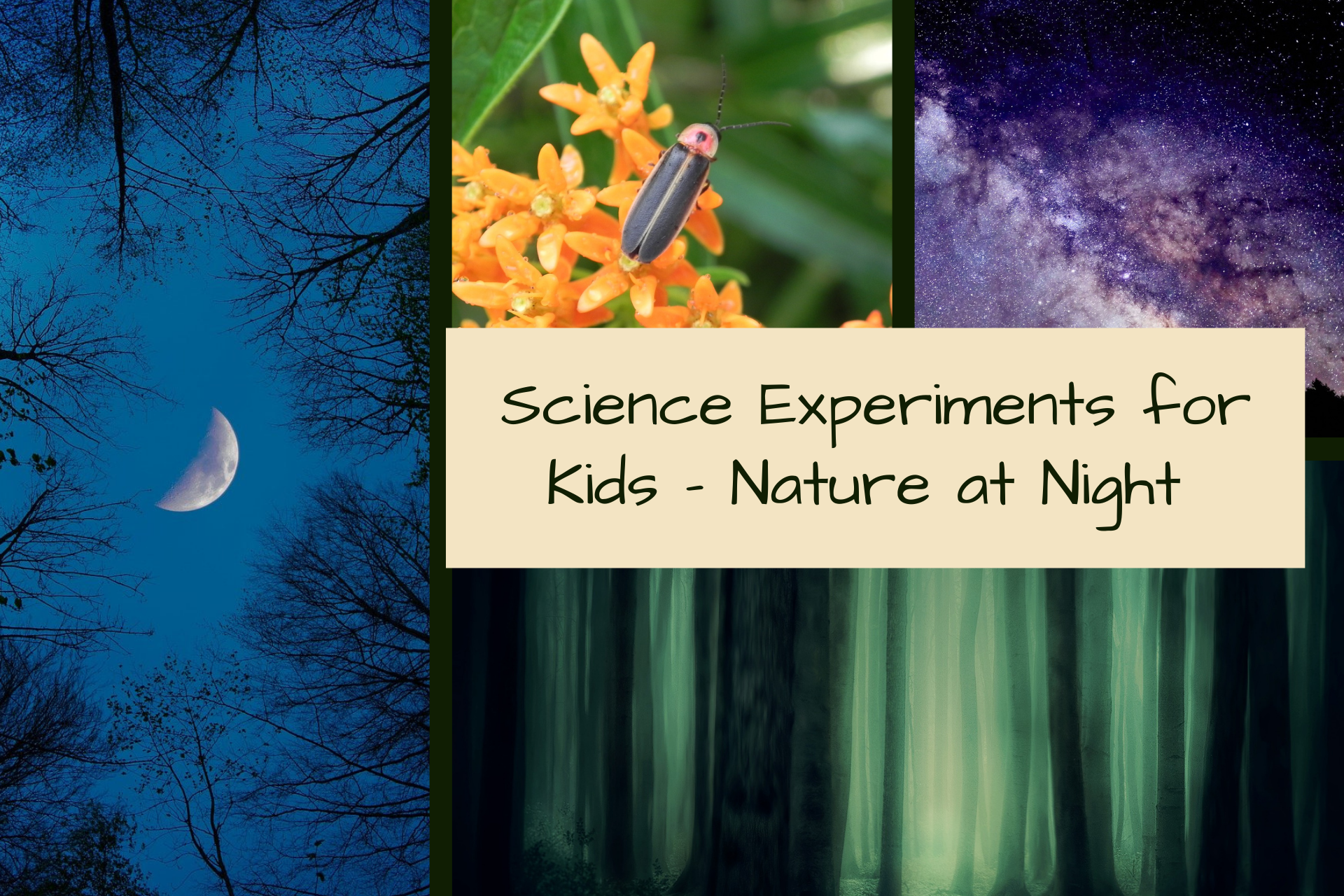
Years ago when I was a park naturalist, one of my favorite programs to lead was a guided night hike. I would take families out on a short trail that wound its way around a small lake fed by a natural spring. The trail was lined with trees, and the spring pool left the air feeling refreshingly cool, especially on a hot summer night in the Midwest. It was the perfect setting to perform some fun science experiments for kids – at night.
Please note, this post contains affiliate links. If you click through and make a purchase, I receive a small commission. This doesn’t cost you anything, but it makes me happy…so happy that I might even go out and hug a tree! Thanks for your support! Read my Disclaimer for additional information.
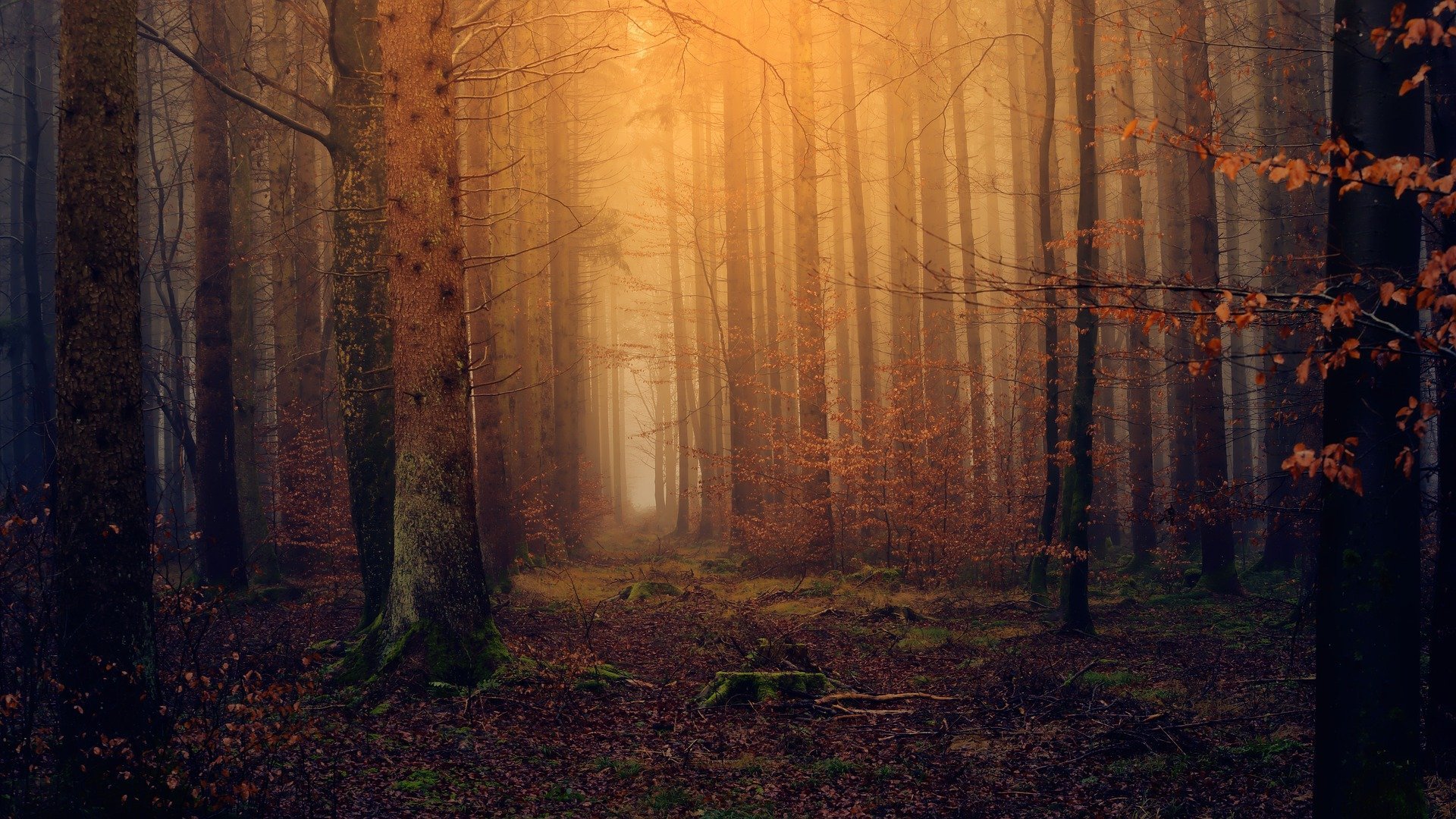
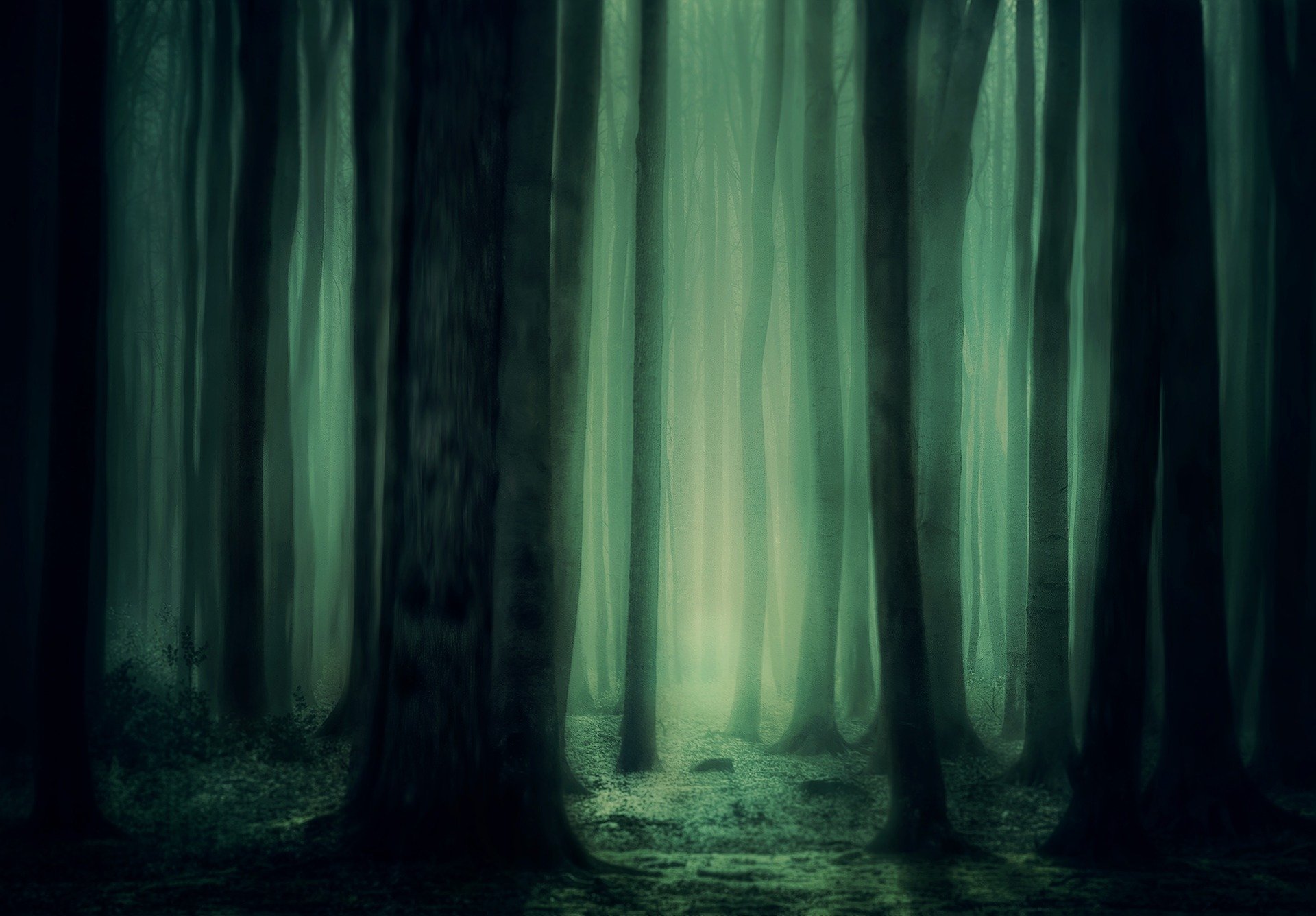
The Disappearing Tree
So, you know that time of night when it feels like the world’s been tossed into a bucket of grey paint? Everything looks that same drab color; there’s no red or blue or green to be seen, even though you know it’s out there. It’s not quite dark enough to need a flashlight but still dark enough that you might run into something if you’re not careful. That’s called dusk, but I like to call it “magic time.”
Nocturnal animals have special adaptations that allow them to see better at night than other animals. As humans, we tend to be more diurnal than nocturnal, and our eyes reflect that fact. In short, we don’t see that well in the dark. If you want to show your kids a super easy, nature magic trick, take them outside at dusk and have them stare straight ahead at a single tree trunk for 30 seconds. The trunk should be no more than 5-6 inches in diameter (in other words, not huge) in order for this to work well.
Within a matter of seconds (as long as they don’t move their heads), the tree will appear to fade into the background. If you have more than one child doing this trick at the same time, you’ll hear a “Whoa” in unison. That always made me smile.
After the tree disappears, tell the kids to move their heads slightly, and it will pop back into view again. Why does this happen? Well, it’s not really magic. It’s science.
Animals have two types of cells in their eyes: rod cells and cone cells. The rod cells are located along the sides (or periphery) of our retina, while the cone cells are located in the center. The cone cells have one very important job: they detect color. Unfortunately, they don’t work very well in low light conditions. Rod cells, however, detect light changes. Knowing this, it should make sense that when we stare directly at an object (under low light) and don’t move, our cone cells can’t detect anything. When we move again, our peripheral vision (where the rod cells are located) kicks in, and we can detect slight changes in the light. Thus, the tree reappears.
Firefly Communication
Watching fireflies is a fun summer evening pastime for many mid-western kids. All you need is an open area on an early summer night, and you’re likely to find them everywhere. Fireflies (also known as lightning bugs) communicate by emitting bursts of light in various patterns. They produce this light through a chemical process called bioluminescence. Both males and females can “talk” like this, but during the mating season (which happens in the summer), it’s mostly the males chatting it up. Unfortunately, all that talk also makes them prime targets for many nighttime predators like owls or bats.
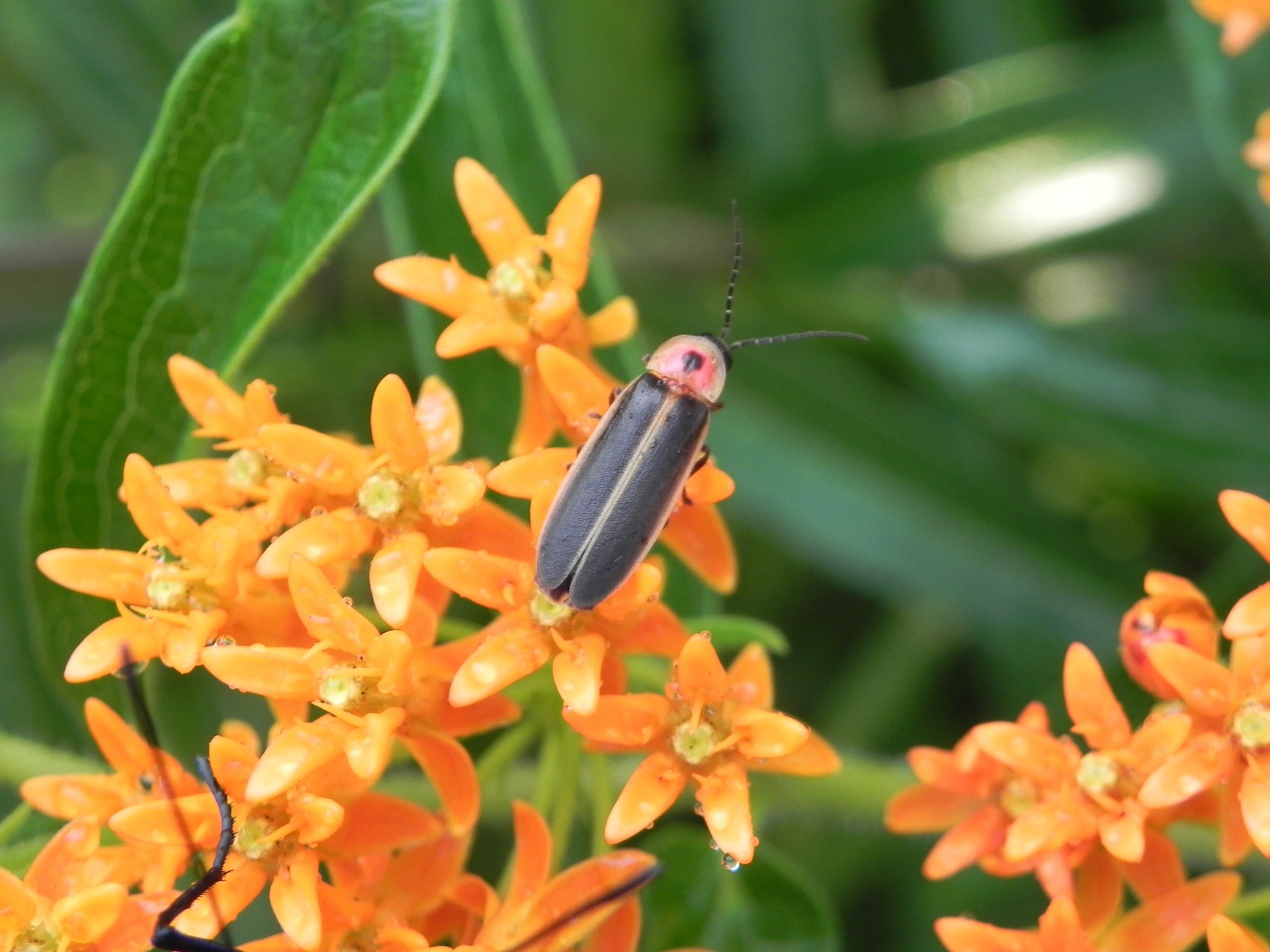
To mimic the firefly’s communication patterns (hopefully without attracting a hungry predator), I asked participants on our night hikes to bring along flashlights. Each hiker received a card (identified as male or female) that had a light pattern drawn out on it (think morse code). There was a matching card somewhere in the mix, so everyone had a “mate” they needed to find. When I yelled, “Go!” all the males’ lights began to flicker on and off as our fireflies started their individual dating rituals. Participants quickly learned it was no easy feat to find someone with a similar pattern in a sea of intermittent flashing light and darkness.
Not to age myself or anything, but that’s how I did that little science experiment for kids about 15 years ago. Today, everybody has a flashlight app on their phone, so it would be even easier to replicate a similar activity on the fly (or fire-fly).
Smell-ology
Some animals communicate at night using bioluminescence, while others release pheromones for a similar purpose. Pheromones are invisible chemicals that produce a smell (and possibly taste) that can be identified by another animal. Pheromones can say various things, such as:
“Stay out of my territory!” or
“You won’t like me when I’m angry!” (Yep, that’s a Hulk reference), or
“Hey, wanna hang out?”
One of the most well-known scents in the animal kingdom is that of the skunk. Although you might think a skunk’s defensive spray would be considered a pheromone, that assumption would be incorrect in this case. When a skunk sprays, it is doing so to defend itself against what it perceives as a threat, not to communicate with another skunk.
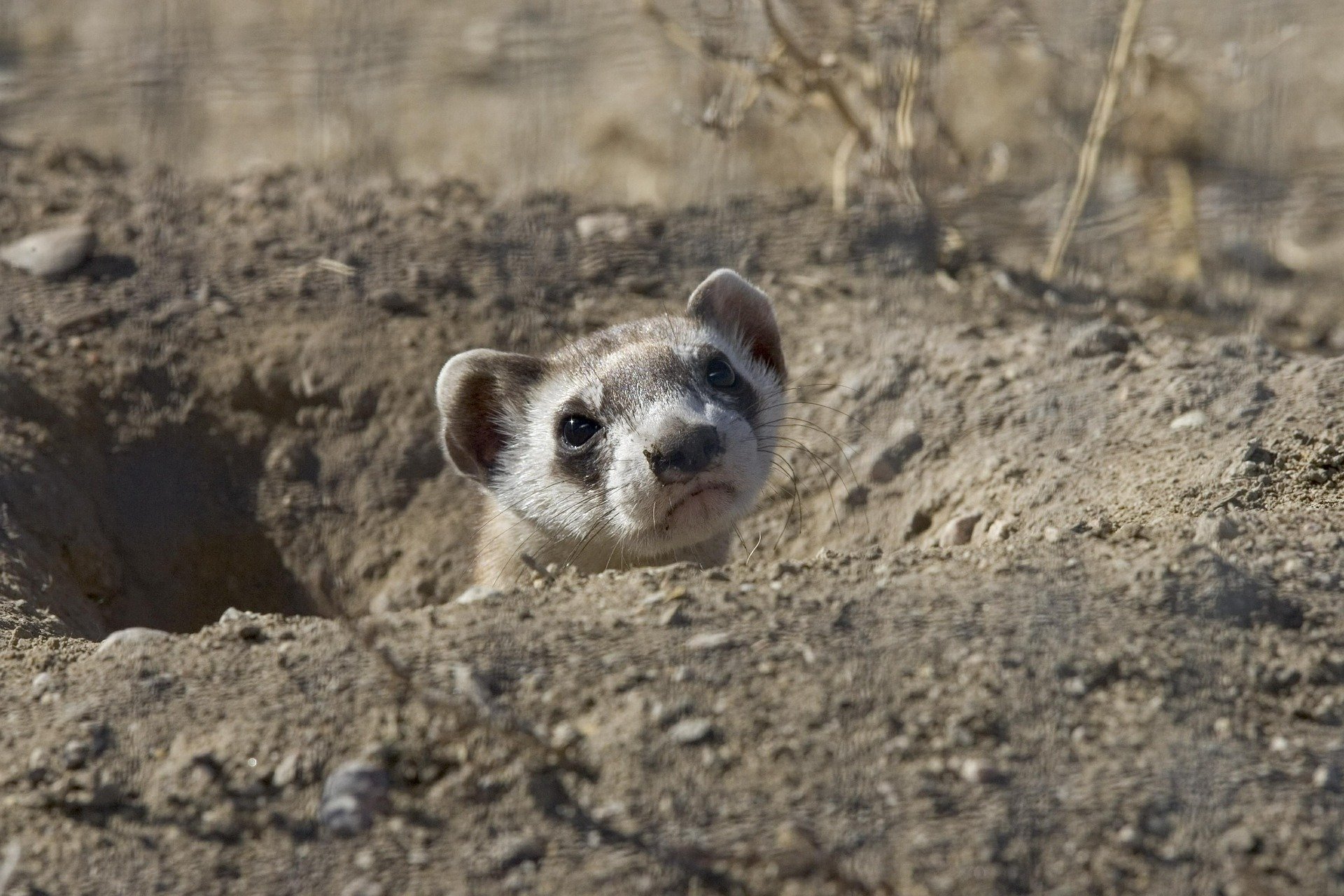
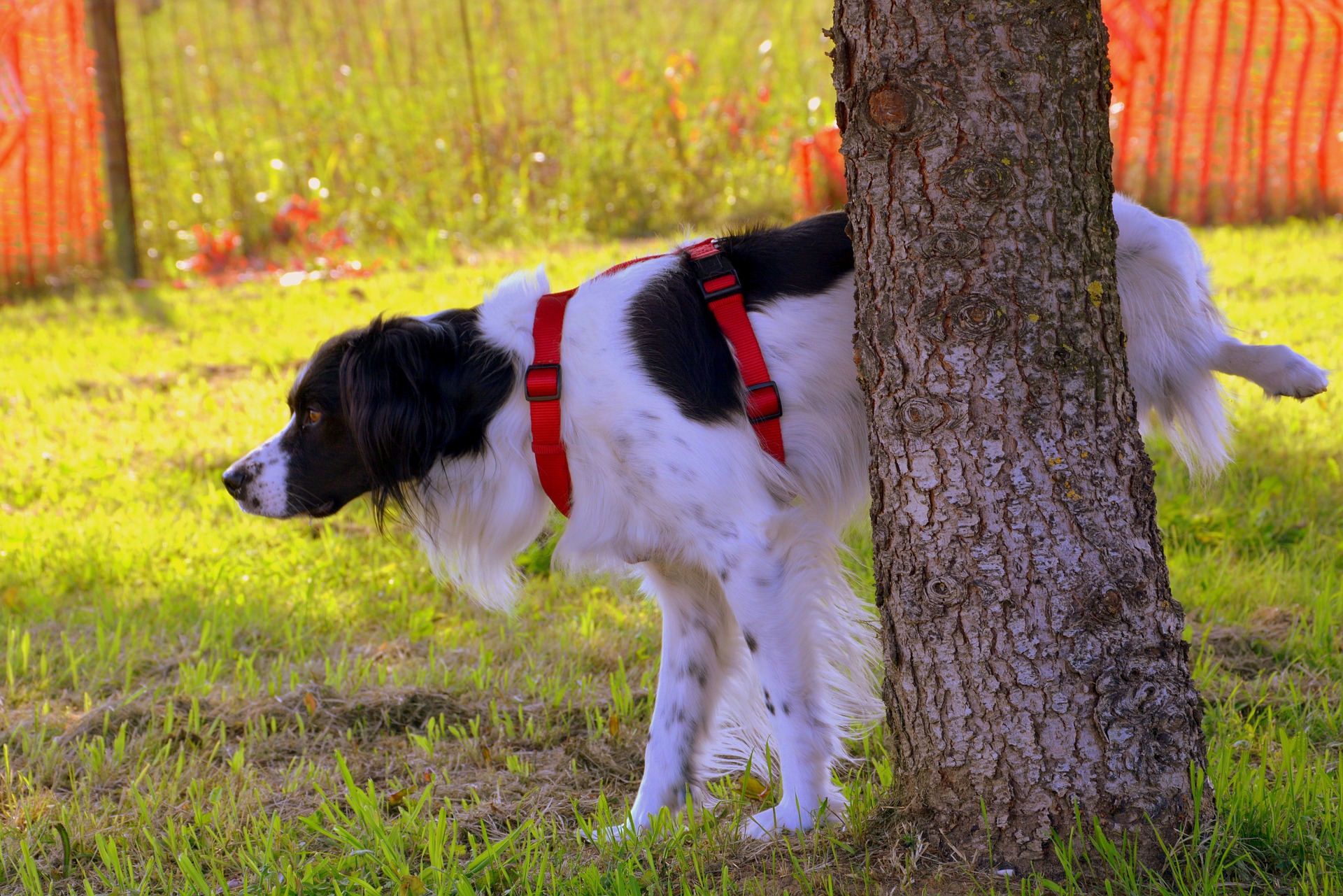
On the contrary, when your dog urinates on your mailbox post, he is not defending himself. Instead, he’s leaving a message for other dogs in your neighborhood. That message is likely, “This is my territory; go chase your tail somewhere else, pal!” Dogs react to messages left behind in various ways. If your dog scratches the ground or growls, he’s probably smelling the scent of another male dog. If he whines and sniffs the ground repeatedly, he may have identified the scent as belonging to a female. If he ignores the pheromone, the dog that left it behind poses no challenge to him (it could belong to another dog in your household or a neighbor dog that he knows).
It’s amazing what animals can learn about each other with just one sniff. Unfortunately, humans don’t really have this “super power.” Most of the time, we try to cover up or wash away any scents we exude. There are certainly some scents we recognize, such as that familiar baby smell that tells us which child is ours, even with our eyes closed. But, when it comes to the information other animals can uncover about each other with just one whiff, we simply cannot compete. However, we can use this simple experiment to see what it might be like to communicate with pheromones:
Find Your Pheromone Friend
Materials:
Small plastic cups with lids
Cotton balls
Various essential oils
Instructions:
To prepare for this nature experiment, set up your scent cups in pairs. Fluff a cotton ball a bit and place it in a plastic cup. Add a couple drops of one essential oil to the cotton ball and then cover with the lid. Now do this again for the matching cup for that particular scent. Repeat this process with each essential oil until you have enough pairs of cups for your participants. If you don’t have an even number or you have a lot of students, you can add one oil to three or four cups to reduce the number of different oils you’ll need and still include everyone.
Hand the cups out to participants (make sure to mix them up first). Tell them to spread out and then open their cups and take a whiff. The goal is to find their partner(s) using scent alone. This is harder than it sounds, especially if some of your essential oils are similar. After smelling each other’s cups for a while, your participants will learn that humans are not so great at detecting and identifying various scents when compared to other animals.
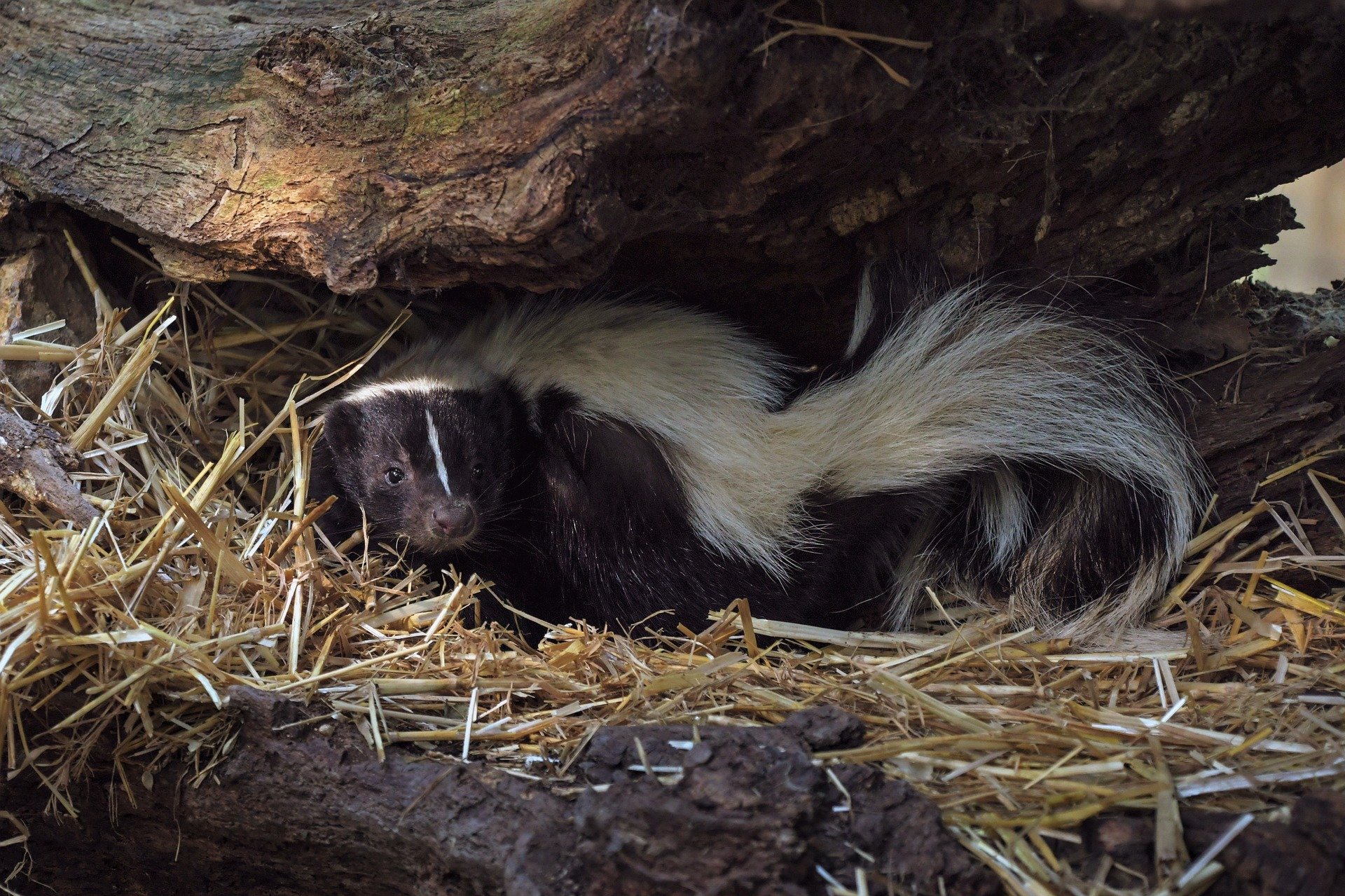

Senses at Night
So far, we’ve studied how animals use sight and smell to communicate after dark. You can also create fun, nighttime science experiments for kids that focus on hearing and touch. Try researching the various frog species in your area and jotting down notes on their calls. For instance, a bullfrog sounds like it says “jug-o-rum….jug-o-rum.” Participants can pick up a card with a frog call described on it (in people-speak), and then spread out and start calling to each other. All those frog calls in one place make it pretty difficult to find your partner!
It may be hard to believe, but many children, even those who love playing outside, don’t realize that nature and all its components continue to exist and even thrive after dark. Well, they realize it, but they don’t really think about it. The ideas presented in this post are just a few ways to make them think about it…and have fun in the process.
Hopefully these simple, nighttime experiments have provided encouragement for you to take on a few backyard nature adventures of your own. Enjoy nature at night!
Related Articles
If you enjoyed this article, you may wish to read these as well!

Nature Scavenger Hunts
Nature scavenger hunts are one of the easiest ways to encourage your kids to play outside. As you probably know, scavenger hunts work just about anywhere. I’ve seen indoor hunts, grocery shopping hunts and even superhero hunts, but my favorite is the backyard scavenger hunt. If you don’t have a yard that lends itself well to a scavenger hunt, take a walk (or ride) to the nearest park and host your hunt there...
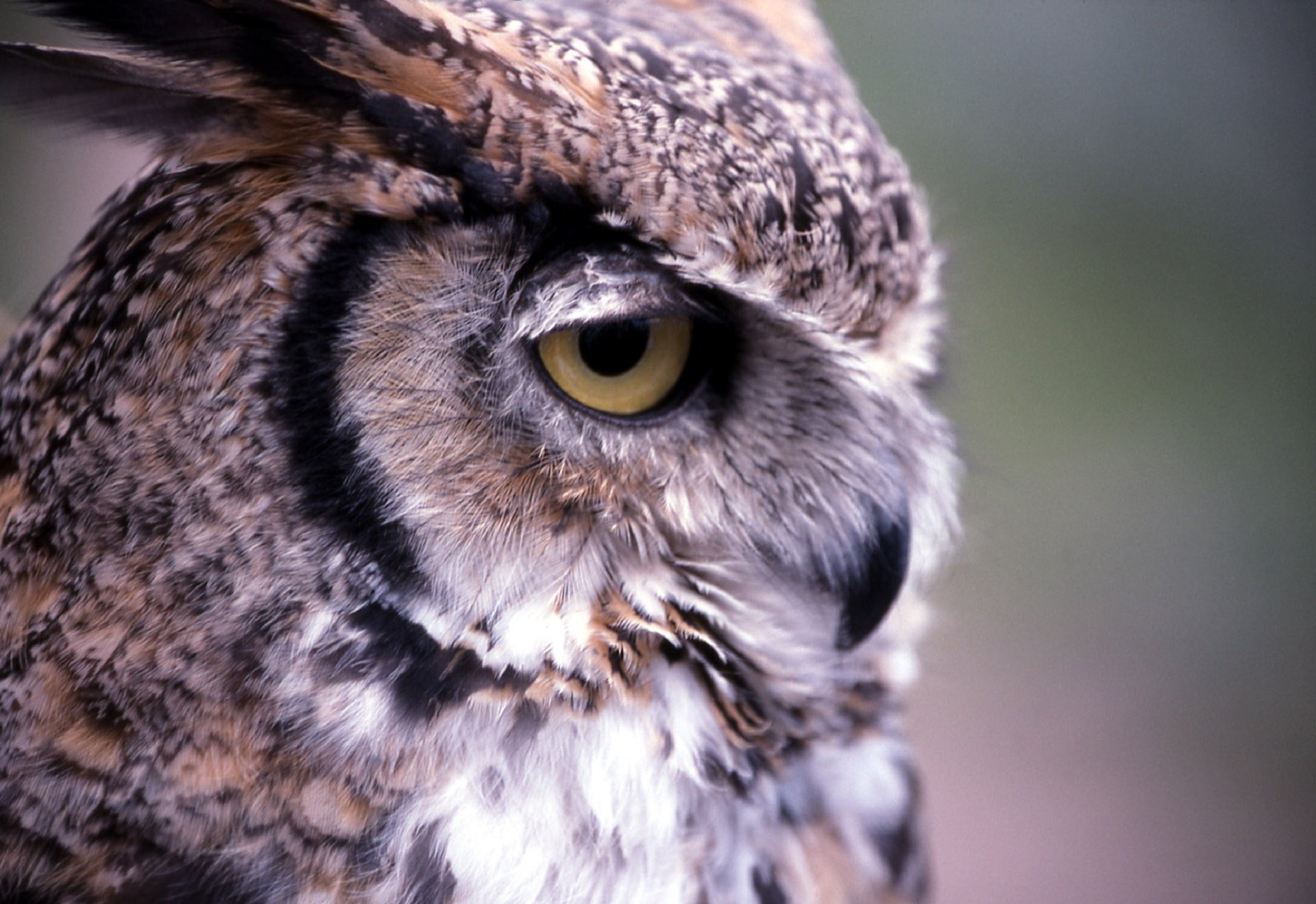
How to Hoot Like an Owl
As I write this introduction, I’m wondering how many people out there have actually searched “how to hoot like an owl” (aside from turkey hunters). It seems like an odd topic, but from past experience, I can tell you it’s a lot of fun (almost as much fun as making owl crafts with your kids)! There’s nothing more entertaining than watching an entire audience (from grandparents to grandkids) at an evening nature program hooting their hearts out...
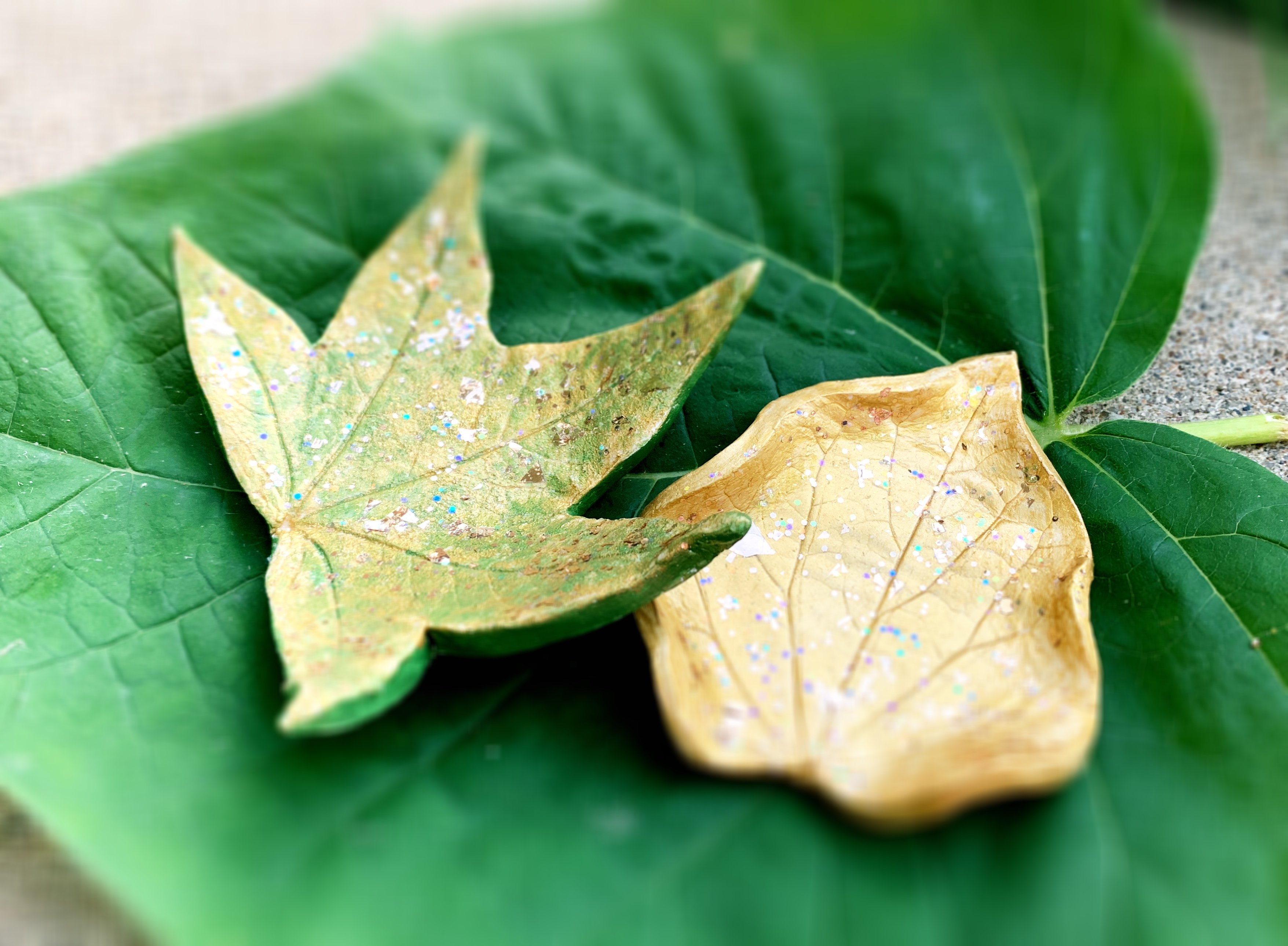
Craft a Clay Leaf Bowl
Have you ever noticed how many different varieties of leaves exist out there in the wilds of your neighborhood? Don’t worry if your answer to that question is “no, not really.” Most people don’t pay much attention to leaves…until they have to rake them up, that is! Well, with this simple, clay leaf bowl project, you’ll definitely start noticing the beauty of leaves...


